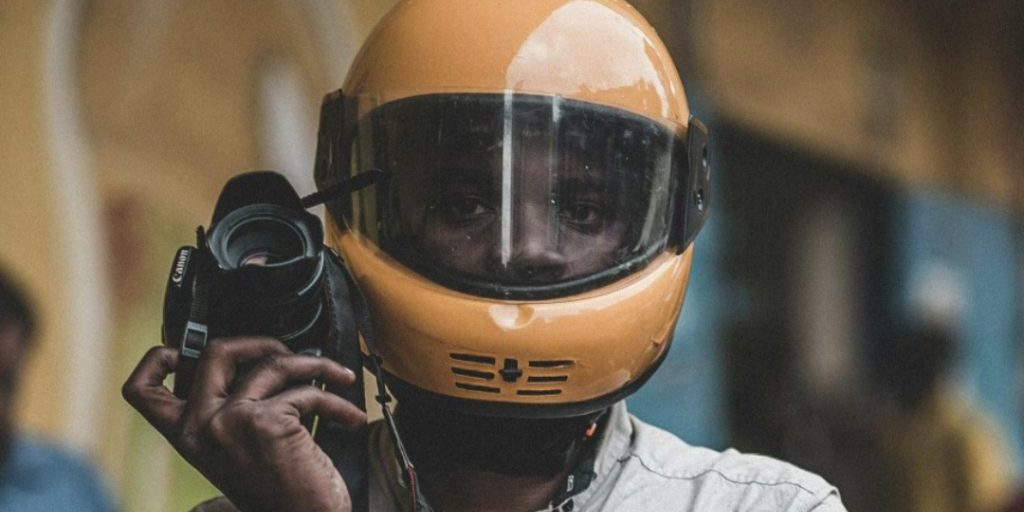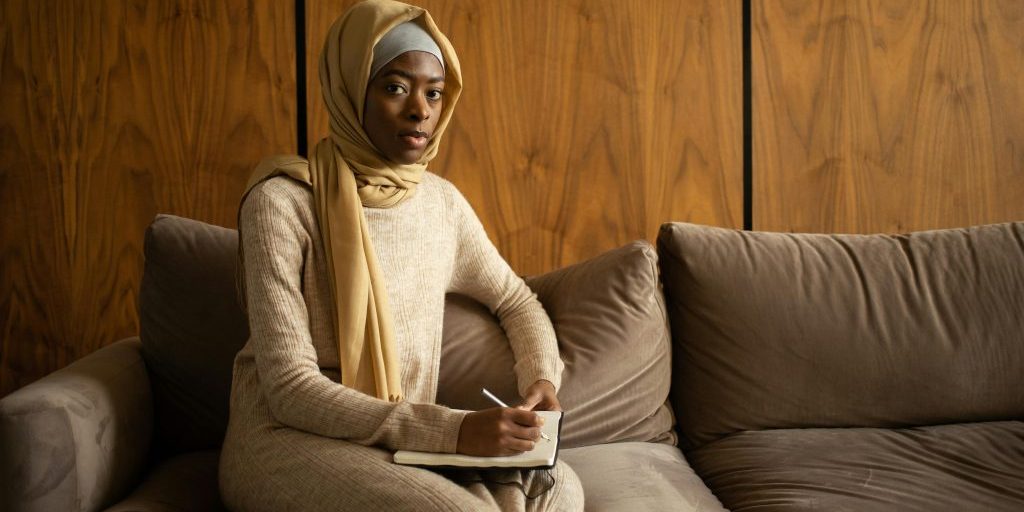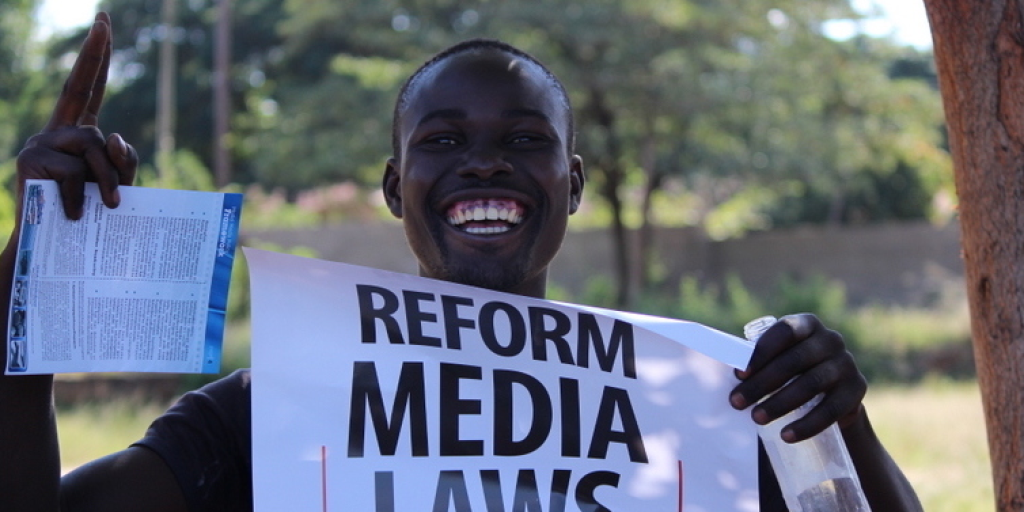UNESCO makes submission to the AU on journalists’ protection
PICTURE: Stephen Gitau/Pexels
UNESCO
The African Union (AU) Peace and Security Council (PSC), the standing decision-making organ of the AU for the prevention, management and resolution of conflicts, convened its 1230th session focusing on the Protection of Journalists and Access to Information in Situations of Armed Conflicts in Africa this week.
UNESCO’s submission, from its Director to the Laision Office to the AU and the United Nations Economic Commission for Africa (UNECA), was guided by the theme as the UN agency with the mandate to defend journalists’ safety.
UNESCO acknowledged that ‘no single media actor or stakeholder has the capacity to singly protect or address the multifaceted challenges that journalists face while reporting from situations of armed conflict and during crises and emergencies’. It therefore highlighted some of the key recommendations, declarations and communiqués emanating from its engagements with media stakeholders in Africa.
UNESCO leads in protecting journalists by spearheading the implementation of the UN Plan of Action on the Safety of Journalists and the Issue of Impugnity.
This plan – initiated in 2012 by UNESCO in close collaboration with stakeholders including Member States, other UN agencies, NGOs, academia, as well as media representatives and practitioners – is a UN-wide plan.
In line with this Plan of Action, UNESCO cooperates with and supports actions that promote the ‘3 Ps’. That is, the Prevention of crimes against journalists, their Protection and the Prosecution of perpetrators
We do this through awareness-raising, standard-setting, policymaking, monitoring and reporting, capacity-building, research and coalition-building, in line with the relevant international commitments.
As an essential part of the implementation of the UN Plan, we provide public access to UNESCO’s work on monitoring and reporting on the safety of journalists through an Observatory which provides updated information about journalists who have been killed while working, and much more. The record dates back to 1993.
For example, the Observatory indicates that between January 2023 and June 2024, at least 14 journalists were killed in Africa. The majority were from countries experiencing conflict.
This year, UNESCO also published an issue brief on attacks perpetrated against journalists who report on environmental crises and emergencies.
With these increased and alarming rates of attacks of journalists covering crises and other emergencies, UNESCO and the AU have agreed that the 2024 global commemoration of the International Day to End Impunity for Crimes against Journalists (IDEI) will focus on the Safety of Journalists in Crises and Emergencies, and will be held at the AU HQ in Addis Ababa, Ethiopia, on 6 and 7 November.
Recommendation 1: The formation of an AU Working Group on the Safety of Journalists in AU Member States
To address the huge challenge of journalists’ safety in Africa and promote regular engagements with the duty-bearers, in 2018, UNESCO and the AU, through the Political Affairs Commission then and the Government of Ethiopia, organised an Interregional Forum on strengthening national reporting mechanisms.
This was attended by several senior government representatives from Ministries of Information in AU Member States, representatives of security organs, judicial actors and media and civil society organisations (CSOs), among others.
A key recommendation from this forum was for the AU and UNESCO to work together in collaboration with other interested stakeholders to support the formation of an AU Working Group on the Safety of Journalists in AU Member States.
This recommendation has not been implemented to date and informs our recommendation to the PSC to consider encouraging the African Commission on Human and Peoples’ Rights (ACHPR) to form such a Group.
Recommendation 2: The establishment of an African Protocol on the Safety of Journalists
In 2019, the AU, UNESCO and the Government of Ethiopia hosted a global conference at the AU HQ to commemorate World Press Freedom Day (see the final report here).
A key recommendation to the AU from this conference was a request to put in place an African Protocol on the Safety of Journalists. In that this recommendation has not been implemented. the PSC may consider encouraging the AU to do so and give special attention to the protection of female journalists, considering the increased and alarming online attacks on them.
Recommendation 3: The formation of a Group of Friends (GoF) on the Safety of Journalists in Africa
In January 2021, African media stakeholders under the leadership of The African Editors Forum (TAEF) – a network of 450 senior editors from AU Member States – with the support of UNESCO, the ACHPR, the African Court on Human and Peoples’ Rights (AfCHPR), the African Peer Review Mechanism (APRM), the African Governance Architecture (AGA) and other international and regional stakeholders, established the Digital Platform for the Safety of Journalists in Africa (SOJ Africa).
It was launched in South Africa in 2021.
A key recommendation from this launch was a request to the AU for the formation of a GoF for the Safety of Journalists, and we kindy request that the PSC now considers this recommendation within the framework of the Permanent Representatives (PRC) Sub-Committee on Human Rights, Democracy and Governance.
This is for the purpose of Member States’ regular engagement in improving multilateral cooperation to prevent violence, protect journalists in danger, prosecute perpetrators and ensure a safe environment for media workers.
Recommendation 4: A regular consultative forum between the PSC and African media
This would be similar to the inaugural consultative meeting between the PSC and CSOs in 2022 when the African Media Convention‘s Arusha Declaration called on African media, in coordination with other stakeholders, to jointly carry out an annual/biennial assessment of press freedom and the safety of journalists, taking the African context into perspective.
The first report, ‘The State of Media Freedom and Safety of Journalists in Africa’, was published last year, and the second assessment is ongoing, to be released during the IDEI global conference at the AU.
A key recommendation from the first report was for a mechanism for regular engagement with the AU, the Common Market for Eastern and Southern Africa (COMESA), the Southern African Development Community (SADC), the East African Community (EAC), the Economic Community of West African States (ECOWAS) and the ACHPR to promote media freedom and safety.
In addition, [we … suggest] TAEF [be accorded] observer status in the PSC.
Furthermore, the PSC may consider encouraging the AU and in particular the ACHPR, the APRM, the AU’s Political Affairs, Peace and Security (PAPS) department and the African Court – the AU partners which supported the establishment of SOJ Africa – to continue providing support for the sustainability of this platform. [Hosted by TAEF, it is dedicated to championing media safety in Africa.]
Recommendation 5: The Safety of Journalists national coordination mechanisms
In 2022, to mark the 10th anniversary of the UN Plan, UNESCO supported African media stakeholders to hold six regional consultations that assessed the achievements, gaps and room for improvement for its implementation.
Key among concerns raised was the lack of a mechanism for the media to report cases involving journalists to line ministries/ministries of information in real time, and activate a response and follow-up.
We now submit this recommendation to the PSC to consider encouraging AU Member States to establish such a mechanism, bringing together focal persons from line ministries, media, CSOs, academia and other media development partners.
Furthermore, we encourage putting in place Safety of Journalists desks within line ministries, such as Ministries of Information, and further, the designation of a focal person as a liaison with journalists.




